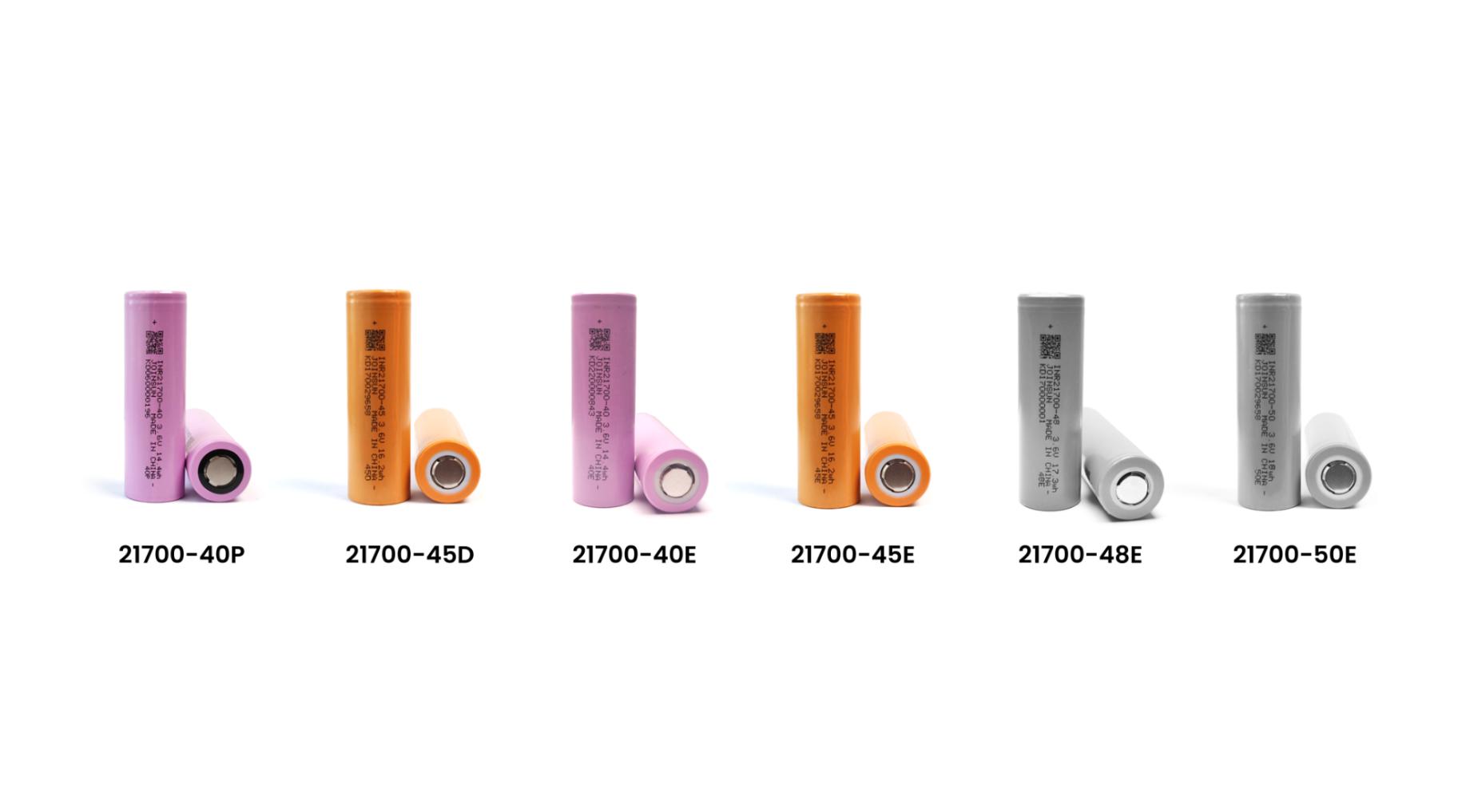
What is mAh and How Does It Affect Battery Capacity?
mAh, or milliampere-hour, is a unit that measures the capacity of a battery, indicating how much electric charge it can hold. A higher mAh rating means a battery can store more energy, leading to longer usage times for devices before needing a recharge. Understanding this concept is essential for selecting the right batteries for your needs.
What does mAh mean in the context of batteries?
mAh stands for milliampere-hour, which quantifies the amount of electric charge a battery can deliver over time. Specifically, one milliampere-hour represents the ability to provide one milliampere of current for one hour. For instance, a battery rated at 2000mAh can theoretically supply 2000 milliamperes for one hour or 1000 milliamperes for two hours.This measurement is particularly important in consumer electronics, where knowing the capacity helps users gauge how long their devices will last on a single charge.
| Battery Capacity | Current Draw | Usage Time |
|---|---|---|
| 2000mAh | 200mA | 10 hours |
| 3000mAh | 150mA | 20 hours |
| 5000mAh | 500mA | 10 hours |
How is mAh calculated for different devices?
The calculation of mAh involves measuring the current drawn by a device and its operational time. The formula used is:
For example, if a device uses 100mA of current and operates for 10 hours, its capacity would be:
This formula allows users to estimate how long their devices can run based on their current draw.
Why is understanding mAh crucial for battery performance?
Understanding mAh is vital because it directly impacts how long a device can function before needing a recharge. However, it’s not the only factor; other elements like energy density, efficiency, and usage patterns also play significant roles.For example, two devices with identical mAh ratings may have different lifespans due to variations in power consumption or design efficiency. Therefore, while higher mAh ratings generally indicate longer use times, they should be considered alongside other specifications.
What factors influence battery life beyond just mAh ratings?
Several factors beyond just the mAh rating affect battery life:
- Device Power Consumption: Devices that require more power will deplete their batteries faster.
- Battery Age: Older batteries tend to lose capacity over time due to wear and tear.
- Operating Temperature: Extreme temperatures can negatively impact performance and lifespan.
- Battery Chemistry: Different types of batteries (e.g., lithium-ion vs. nickel-cadmium) have varying efficiencies and lifespans.
These factors collectively determine how effectively a battery performs in real-world conditions.
How does a higher mAh rating affect charging time and efficiency?
A higher mAh rating typically means longer charging times when using the same charger since more energy must be stored. The general formula to estimate charging time is:
For instance, if you have a 5000mAh battery and are using a charger that delivers 1000mA, the estimated charging time would be:
This relationship underscores why selecting appropriate chargers based on device specifications is crucial.
What are common misconceptions about battery capacity and mAh?
Several misconceptions surround battery capacity and its measurement:
- Higher mAh Always Means Longer Life: While higher ratings suggest longer usage times, actual performance depends on device power requirements.
- All Batteries Charge at the Same Rate: Charging speed varies by device and charger specifications; not all batteries will charge quickly even if they have high capacities.
- You Can Use Any Charger: Using an incompatible charger can damage batteries or reduce their lifespan; always check compatibility.
Understanding these misconceptions helps consumers make informed choices regarding their electronic devices.
Industrial News
Recent advancements in battery technology highlight the increasing importance of energy density and efficiency alongside traditional metrics like mAh. Companies are focusing on developing batteries that not only offer higher capacities but also charge faster and last longer under various conditions. As electric vehicles gain popularity, innovations in lithium-ion technology are particularly noteworthy, aiming to enhance overall performance while reducing costs.
Lithium Battery Expert Views
“Understanding the nuances of milliampere-hours is crucial for anyone using rechargeable devices,” says Dr. Sarah Johnson, an expert in energy storage solutions. “While higher ratings indicate greater capacity, it’s essential to consider how those numbers translate into real-world usage based on device efficiency and power consumption patterns.” This perspective emphasizes the importance of informed decision-making when selecting batteries.
